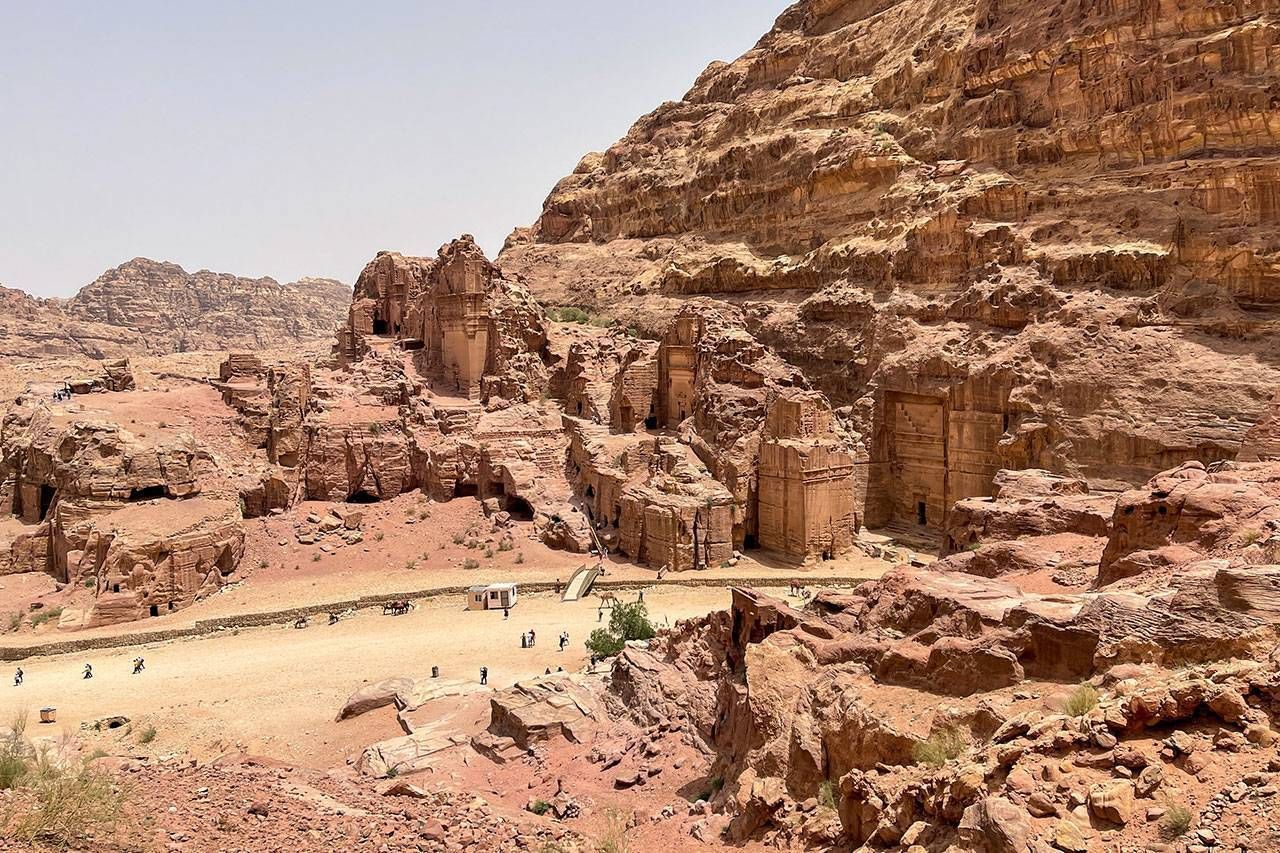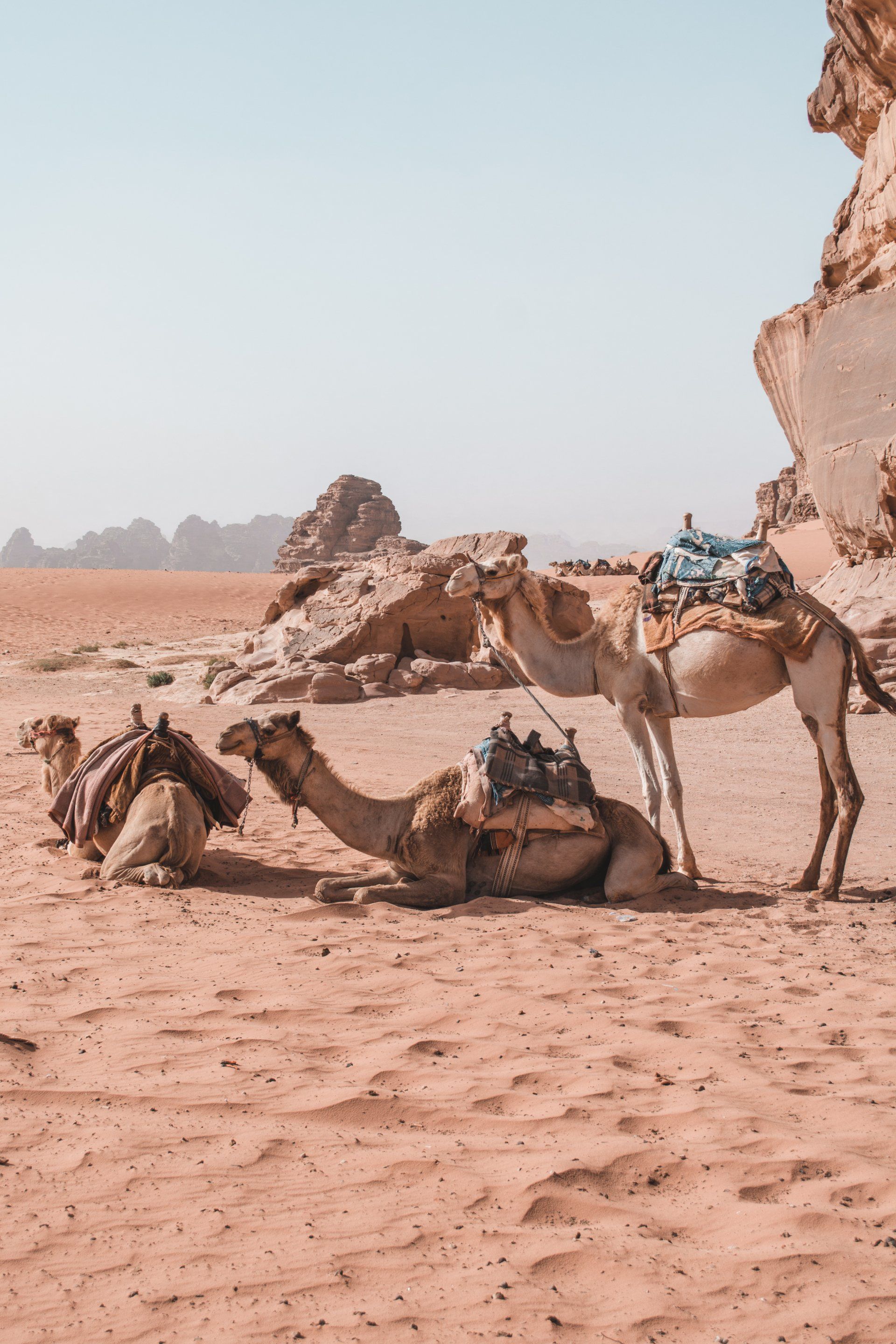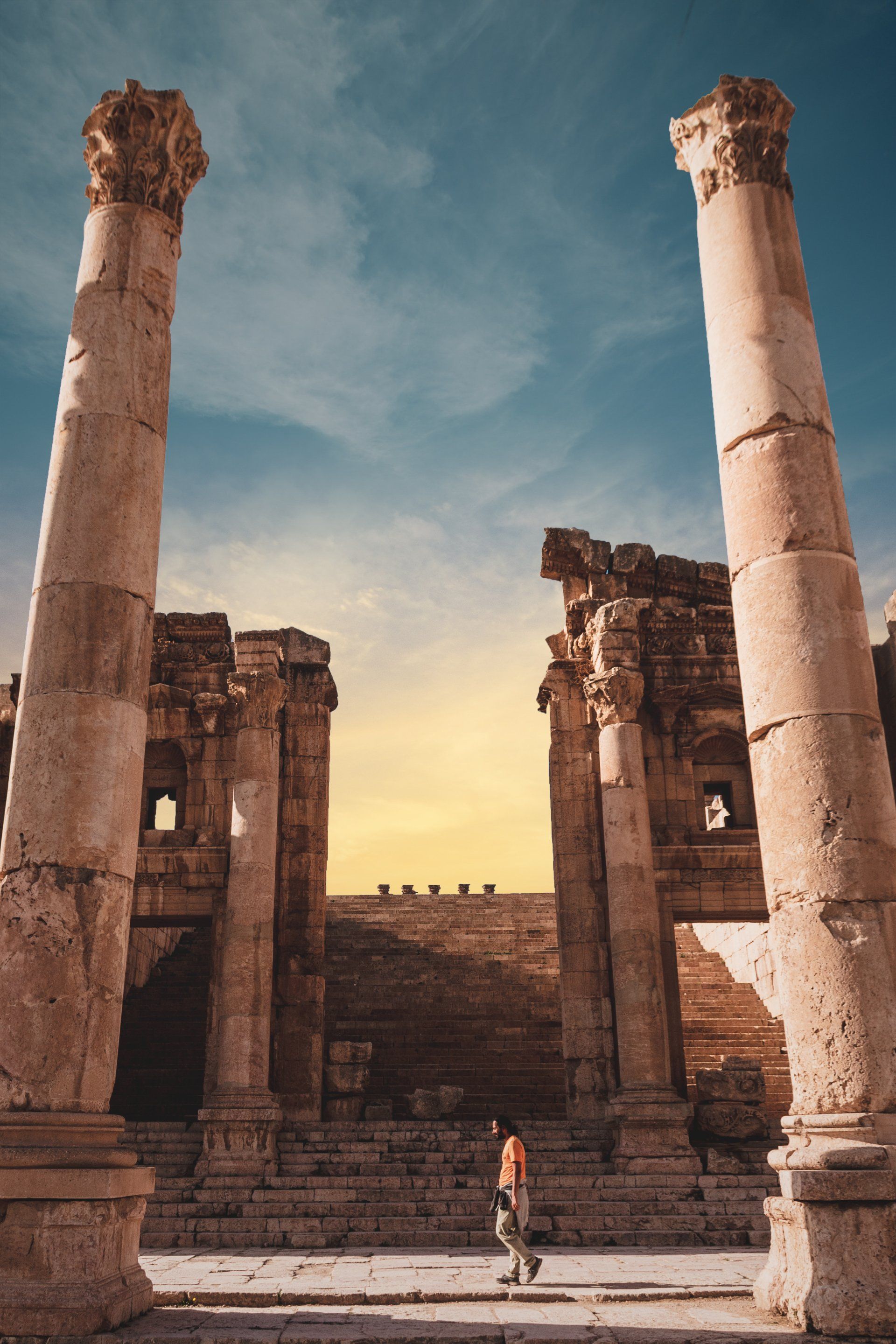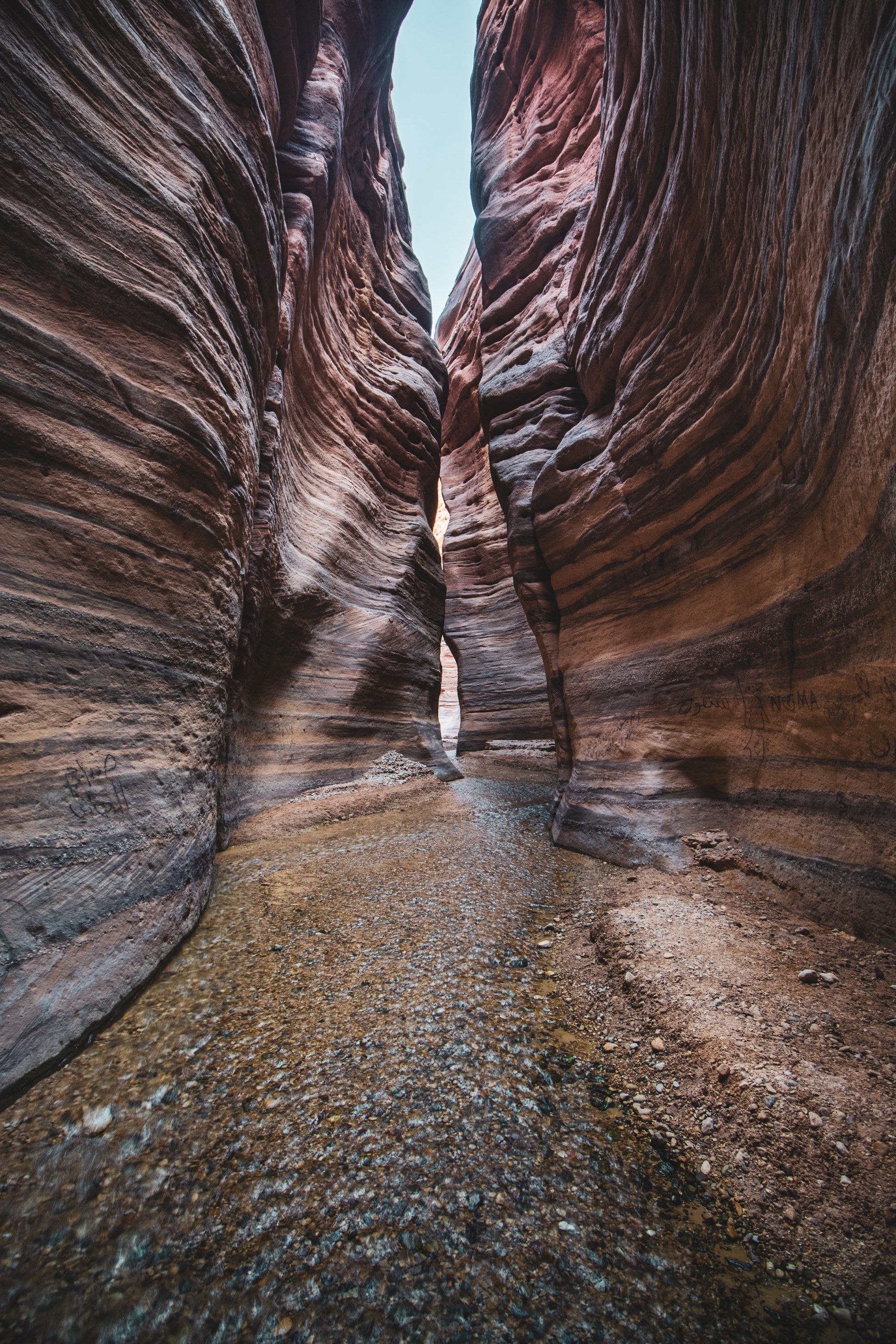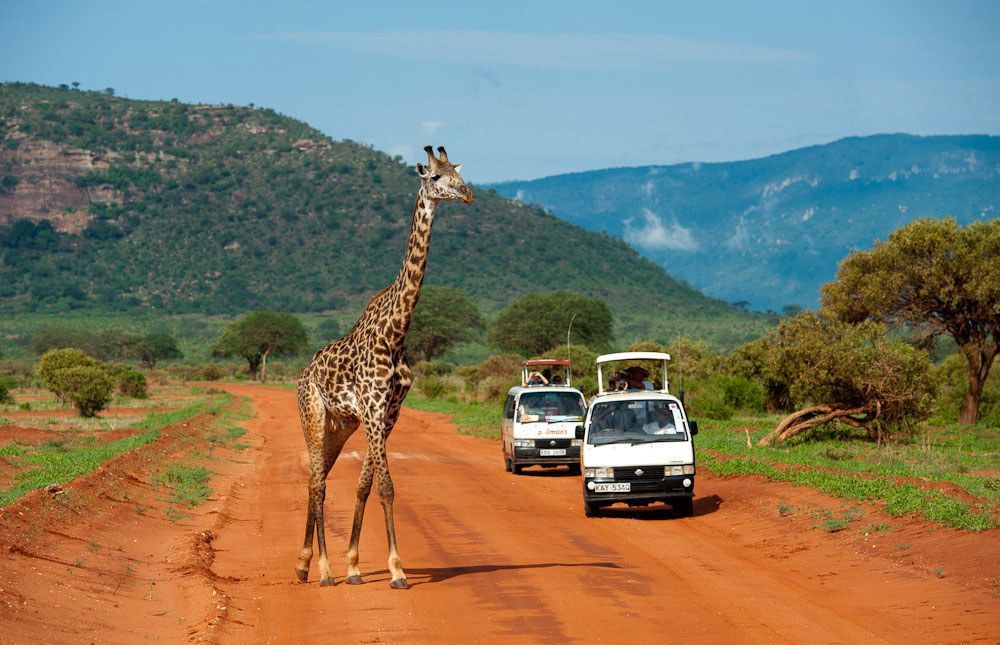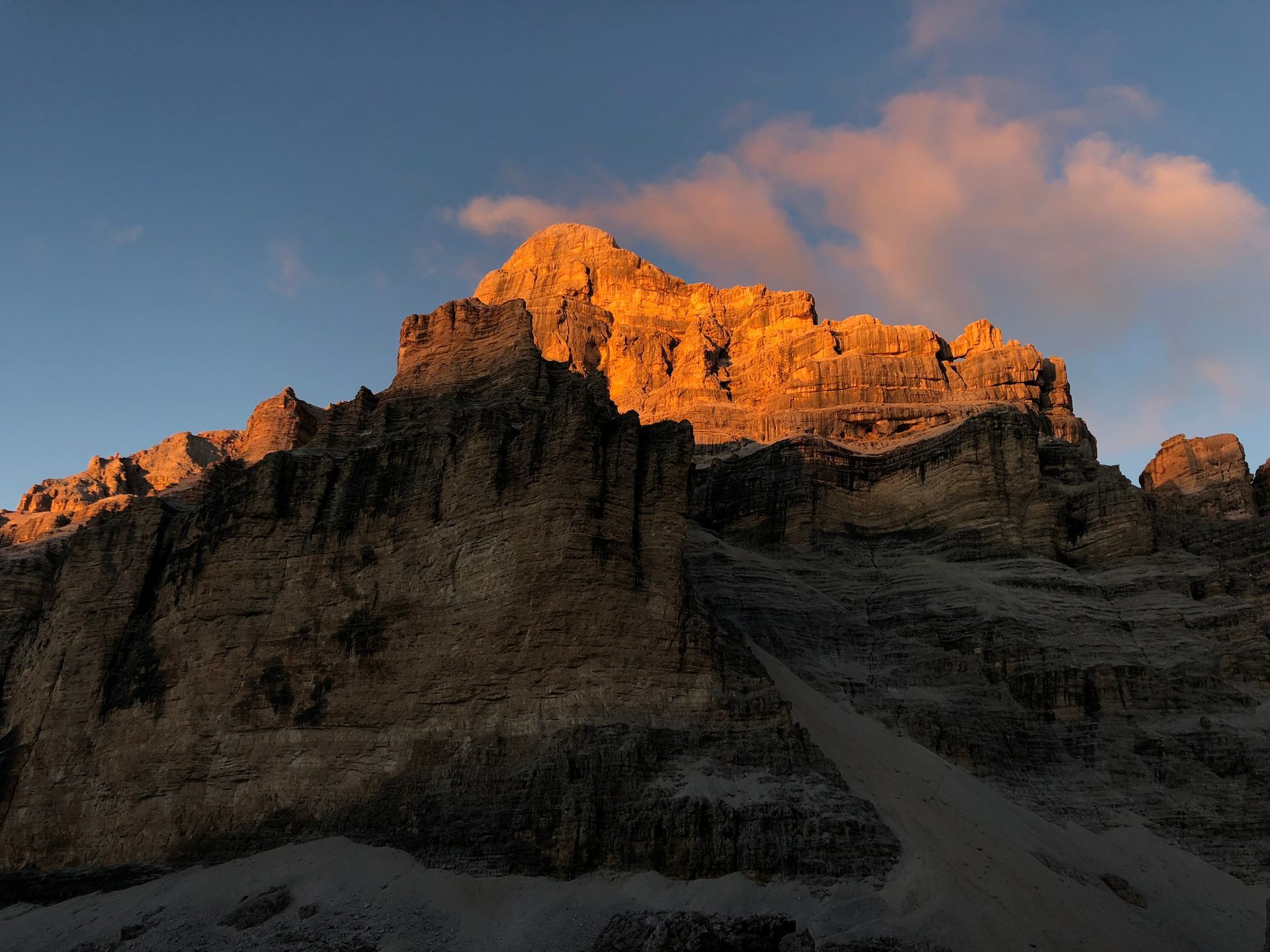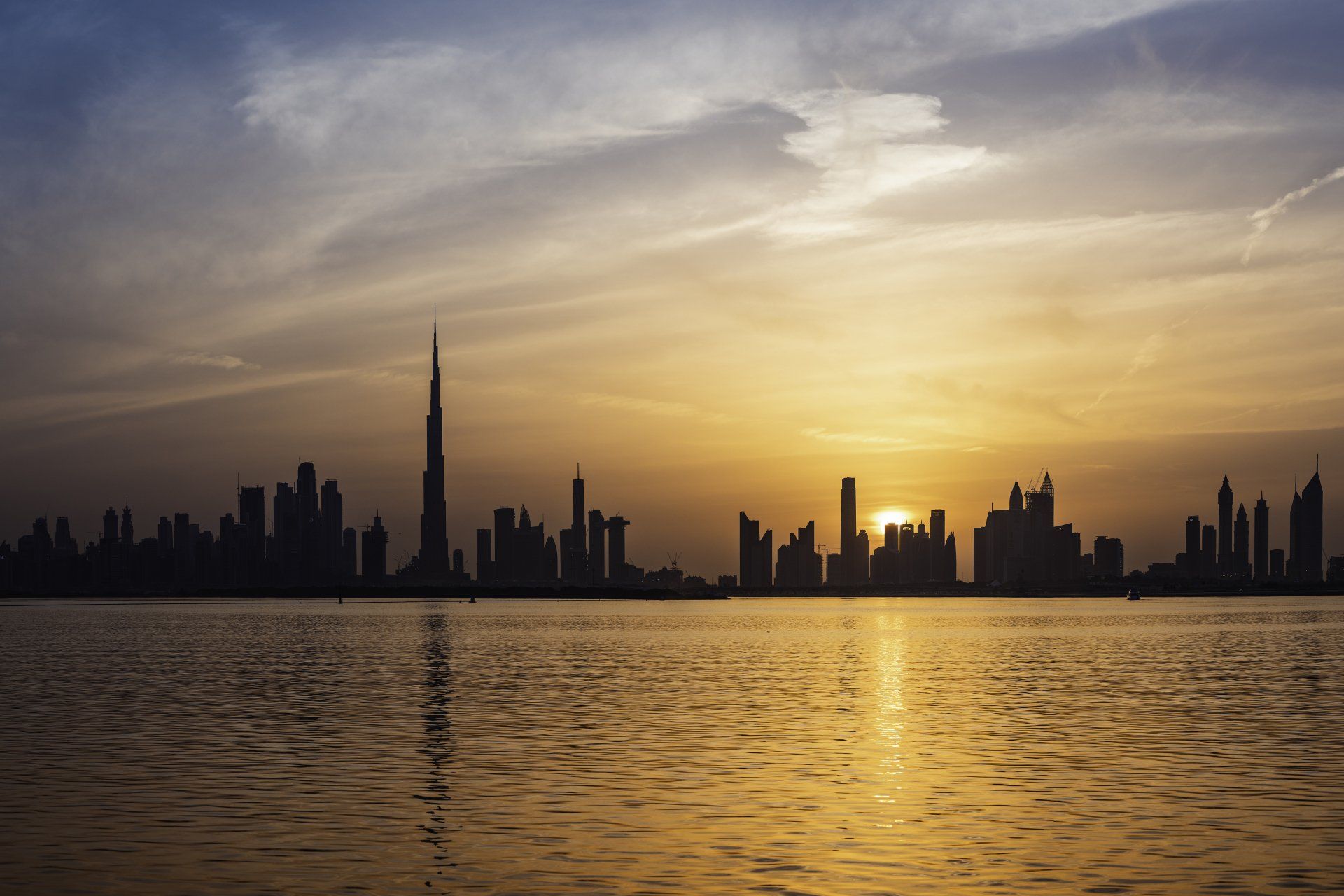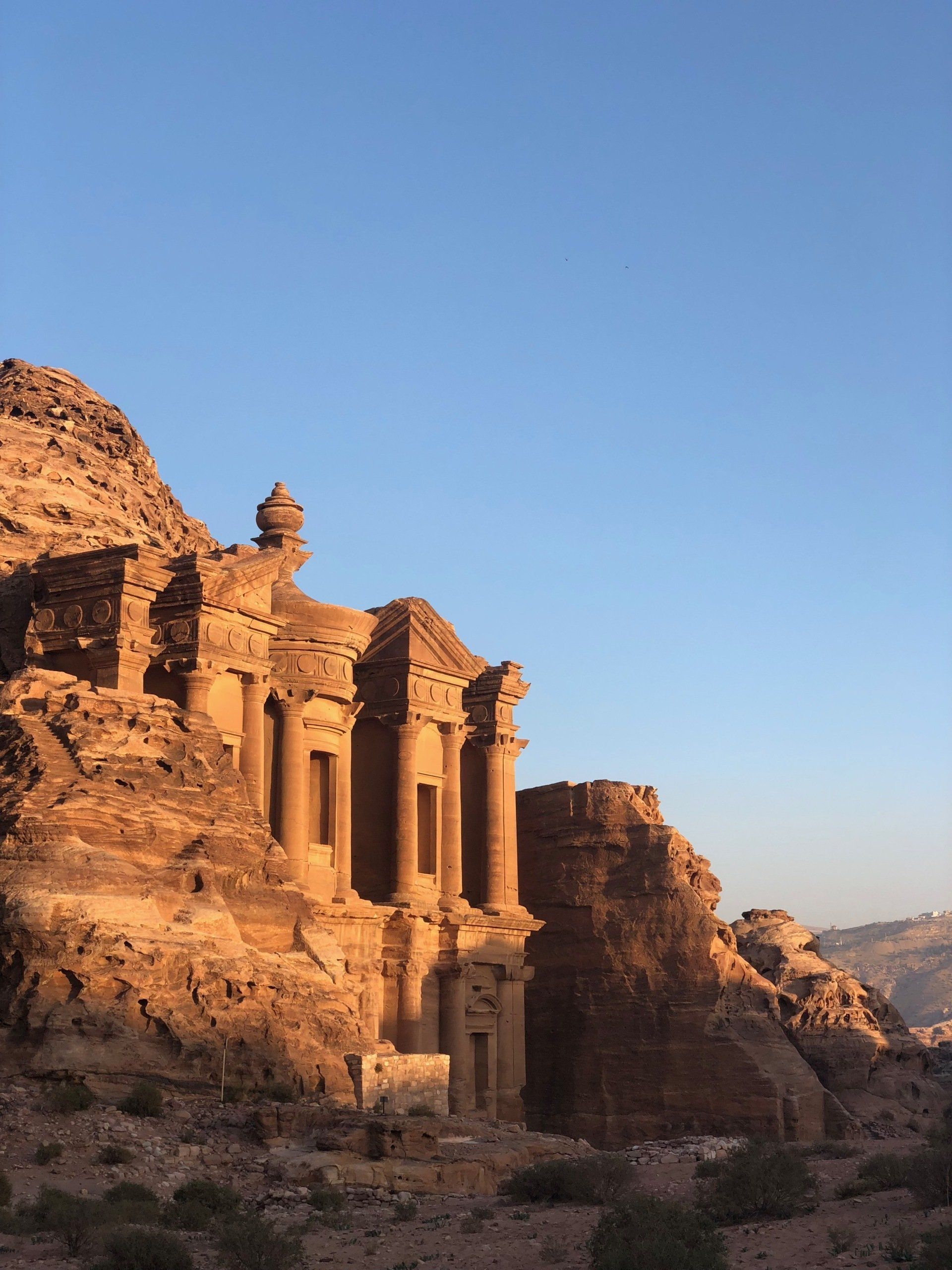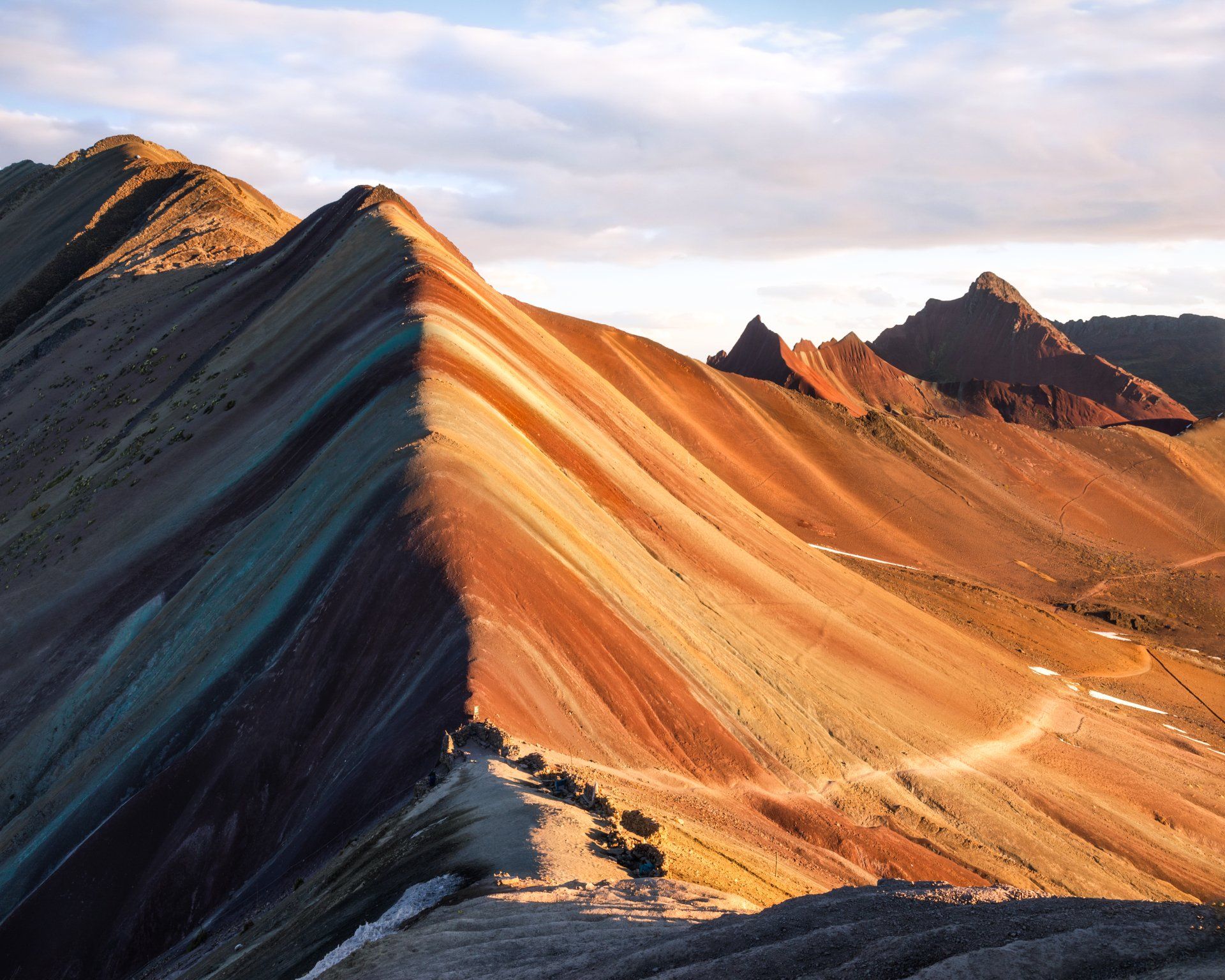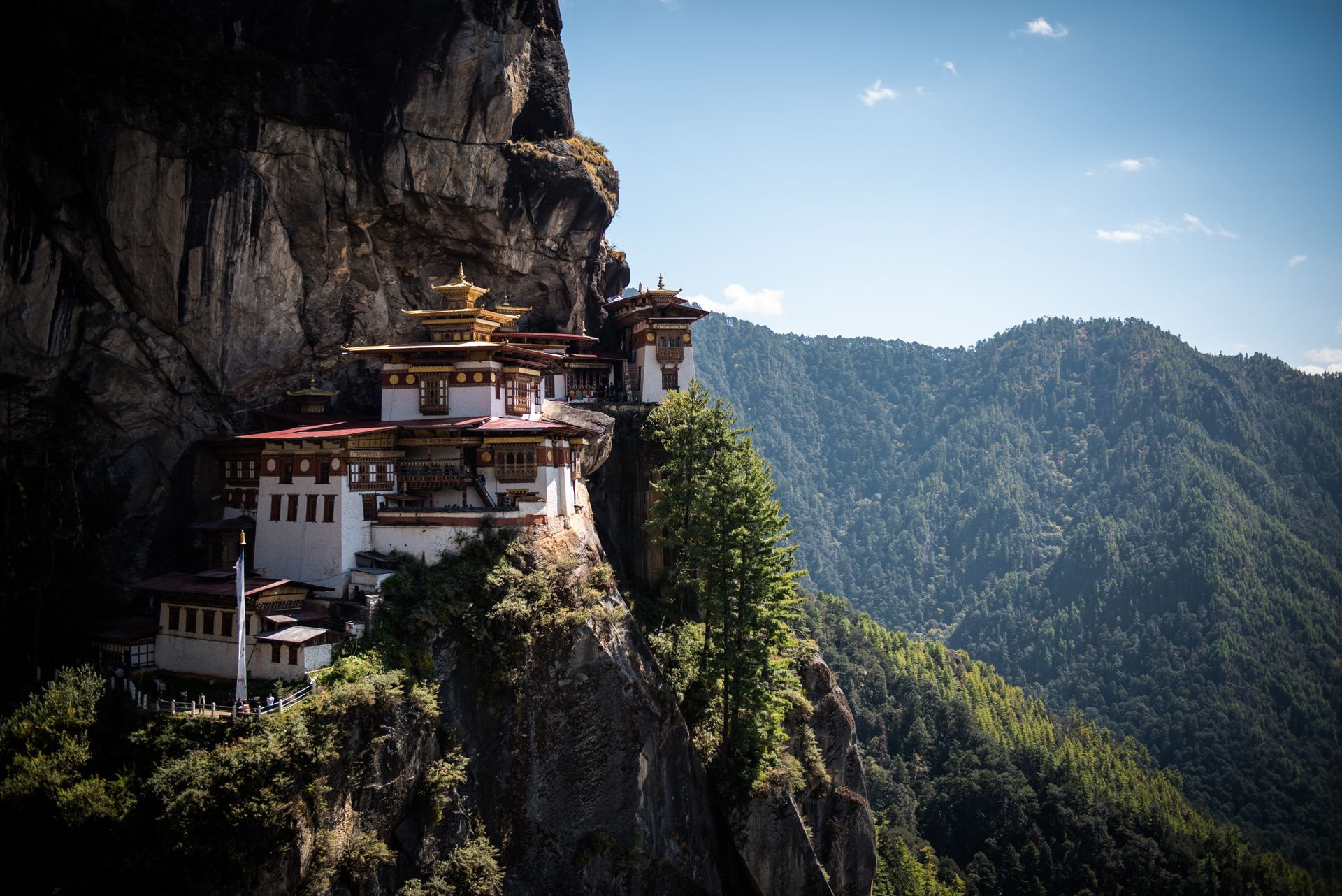Jordan(Petra)
Recommended period: From March to November.
Location: Petra Duration: 10 days
Welcome to Jordan
Petra is today considered one of the Seven Wonders of the Ancient World. The ancient city of Petra is one of Jordan's national treasures, it is the legacy of the Nabataeans, a hard-working Arab people who settled southern Jordan more than 2,000 years ago.
Admired then for its refined culture, massive architecture and ingenious complex of dams and water channels, Petra is a UNESCO World Heritage Site and one of the new Seven Wonders of the World.
Inhabited by the Nabataeans, Edomites and Romans, Petra brought together the knowledge and skill of these civilizations to create this wonder of the world. Caravans loaded with incense, silks, spices and other exotic products have rested in Petra.
Travel:
What to see in Petra:
- The Siq: is a gorge that forms the main entrance to the ancient city of Petra in southern Jordan. The dark and narrow gorge winds for about 1,600 meters and ends in front of Petra's best-known monument, el Khasneh. The Treasury of the Pharaoh (Al Khazneh in Arabic): The Treasury of Petra, Al Khazneh al Faroun, is the most famous and detailed of the facades of Petra, approximately 40 meters high and 30 meters wide. Many identify Petra with the Treasury, unaware that it is an archaeological site of incredible dimensions in which over 800 monuments are catalogued, 500 of which are tombs. The street of the Facades and the Tomb of Unayshu: The Nabataean Theatre: The Roman Theater of Petra was built by the Nabataeans over two millennia ago, in the classic stone carving that characterizes most of the monumental attractions that make Petra famous worldwide. After the Roman conquest, in 106 BC, the theater was enlarged to accommodate around 8000 spectators. This resulted in the destruction of the pre-existing tombs on which the work had been built since the Nabataean era.Height of Sacrifice: Also called al-Madbah, the altar, it is located on top of the jebel Madbah, which the Nabataeans leveled to obtain a platform, with drains to drain the blood of the sacrificed animals. The entrance is delimited by two obelisks, over 6 metres, not reported but dug out of the rock. The colonnaded road and the Nymphaeum: At the beginning of the Colonnaded Road there is the Nymphaeum, a public fountain built in the 2nd century AD and fed by the waters coming from the Siq. The great temple and the market square: At the end of the colonnaded street you will be able to see the Great Temple: it is a monument that occupies an area of over 7000 m². Unlike the other structures in Petra, this building was finely decorated, thanks also to the use of colored stucco. Next to it there is a large flat square which was believed to be used as a market square. Recent studies, however, have revealed that under the ground there are 4 corners that delimit a structure 43x24 meters wide and 2.5 meters deep (almost like an Olympic swimming pool) with a stone structure in the center and channels. Archaeologists hypothesize that they were used to bring water to this large basin. Can you imagine an Olympic-sized swimming pool filled with so much water in such an arid region? Consider that in all of Petra less than 10 cm of water falls per year! This is why the Nabataeans are today considered incredible hydraulic engineers. The Monastery (Ad Deir): This building is the largest in Petra The Royal Tombs: Absolutely worth seeing when the sun goes down, when the place will be tinged with a breathtaking light. See the Urn Tomb, the Silk Tomb, the Corinthian Tomb and the Palace Tomb and return to the street of facades from the shortcut near the Tomb of Unayshu. From here you will reach the Treasury and, once you cross the Siq again, you will return to the starting point.
Primo step?
Fill out the form and book an appointment with an expert Travel Planner to organize your next trip!
Contact us
Let's plan your next trip
Fill out the form or call us to arrange a meeting with an expert Travel Planner



